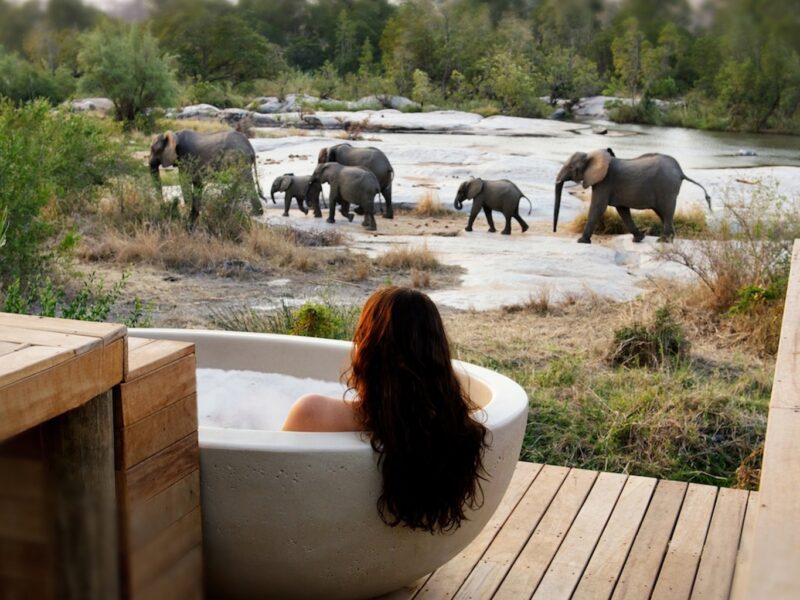Serengeti Migration - Where to Stay in November
November is a month of renewal and anticipation in the Serengeti—a time when the migration begins its grand return to the south and the land itself comes back to life. Choosing to stay in the central Serengeti, or venturing early into Ndutu, places you perfectly to witness this exciting transitional phase.
November is a month of quiet transformation in the Serengeti. The short rains begin to fall, rejuvenating the dry plains and coaxing fresh green grass from the soil. In response, the Great Migration, which has been scattered across the northern and western areas, begins its gradual movement back toward the southern Serengeti. This return marks the start of a new migration cycle, and selecting where to stay in November can make all the difference in experiencing this dynamic shift in the landscape and wildlife activity.
Following the Herds South
By early November, the herds of wildebeest, zebras, and gazelles start drifting away from the Mara River and northern Serengeti, heading south through the central Serengeti, particularly the Seronera region, and continuing toward the short grass plains of Ndutu and Kusini. The central Serengeti becomes a key area for migration sightings during this time, with large herds on the move and predators following closely behind.
Best Places to Stay in November
The central Serengeti is ideal for November safaris. This area offers a perfect combination of abundant wildlife, predator action, and easy access to migrating herds. Camps and lodges around Seronera provide an excellent base, with many strategically positioned to capture both resident game and the passing migration. Lodges such as Four Seasons Safari Lodge Serengeti, Kubu Kubu Tented Lodge, and various mobile camps offer luxury, comfort, and exceptional wildlife viewing.
For travelers aiming to catch the early movement into the southern plains, Ndutu-area camps may begin setting up in late November in anticipation of the herds’ arrival. Though not as populated as in December and January, staying in Ndutu during the latter part of November can offer early access to the calving grounds before the peak season crowds arrive.
Rain, Scenery, and Wildlife Activity
November’s rains are typically brief and scattered, bringing with them fresh, green landscapes and cooler temperatures. The wildlife is lively, and the presence of water and new grass invigorates the ecosystem. Predators are especially active, using the cover of taller grasses and overcast skies to hunt. For photographers, the mix of dramatic skies and lush scenery provides stunning backdrops for migration shots.




